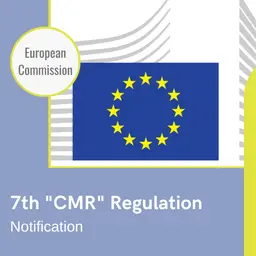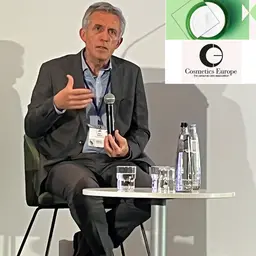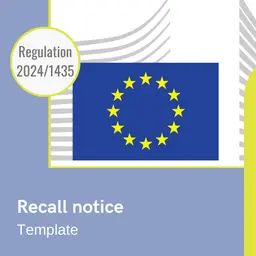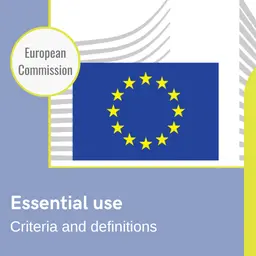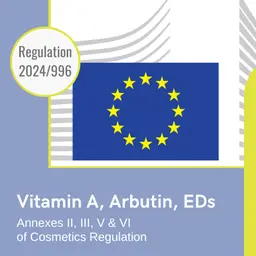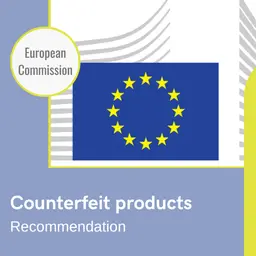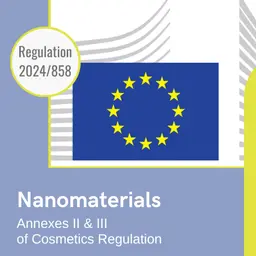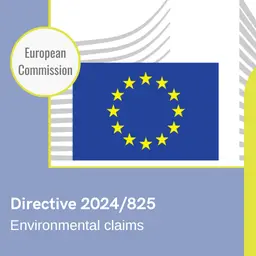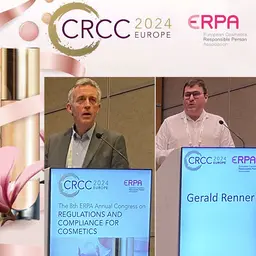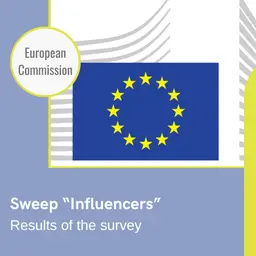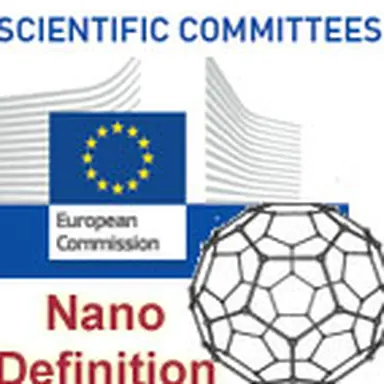
On 18 October 2011, the European Commission proposed a “universal definition of nanomaterials that shall be used for any regulatory purposes”, i.e. an overarching definition designed to become the reference for all the regulatory documents. Based on a Scientific Committee on Emerging and Newly Identified Health Risks (SCENIHR) Opinion issued in 2010, it has been the subject of a clarification, published on 24 October 2012 on the Commission website.
Bringing the results of the Scientific Committees closer to the public
Summary of the scientific opinion on the definition of nanomaterials
Nanotechnologies make use of very small objects or artefacts. Nanomaterials are an increasingly important product of nanotechnologies. They contain nanoparticles, smaller than 100 nanometers in at least one dimension.
Nanomaterials are coming into use in healthcare, electronics, cosmetics and other areas. Their physical and chemical properties often differ from those of bulk materials, so they call for specialized risk assessment.
Regulators need to ensure the right risk assessment applies to the right products and processes. How can nanomaterials be defined in a way which underpins a workable framework for risk assessment?
1. What are nanomaterials?
Nanotechnologies involve designing and producing either very small objects or materials which contain very small structures or particles. The scale of these objects or structures is 100 nanometers (100 millionth of a millimeter) or less. Nanotechnologies operate by manipulating individual atoms or molecules.
Nanomaterials are one of the main products of nanotechnologies – as nano-scale particles, tubes, rods, or fibers. Nanoparticles are normally defined as being smaller that 100 nanometers in at least one dimension. As nanotechnologies develop, nanomaterials are finding uses in many …



